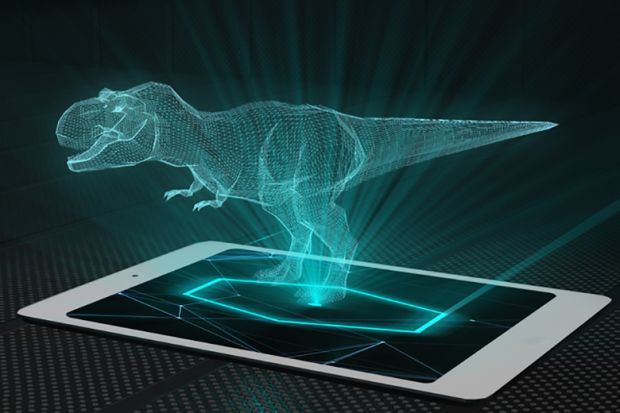Unlike most adolescents, I showed absolutely no interest in dinosaurs. On my weekly visits to Toronto’s Royal Ontario Museum, I rarely entered the dinosaur gallery, and when I did I left with an earworm “dem dry bones” from a popular song of the day. I was interested in nature, colours and behaviours, all of which the dinosaur gallery lacked, being notable instead for dusty skeletons, unfathomable geological eras and unpronounceable names. I also thought it was impossible that a five-metre tall dinosaur could be reconstructed from a solitary leg bone or fragment of skull. It is not clear why the exhibits never explained how those reconstructions were accomplished.
Little could I know, in the 1960s, that the next half-century would see some of the greatest revolutions in the history of biology, transforming the study of dinosaurs from excavation and speculation to mechanics and systematics, from interesting stories to rigorous hypothesis testing. Michael Benton is a leading dinosaur expert and one of the key revolutionaries, but even he could probably not have anticipated how the field would blossom. Because of those revolutions, we now know a lot about how dinosaurs walked, ate and reproduced; why they became so large and, rarely, so small; how and why they diversified into so many niches and species; how and why they appeared 250 million years ago, flourished and then went so abruptly extinct. Benton devotes a well-illustrated chapter to each of these discoveries, enhanced with stories about the discoverers.
He makes an interesting case that palaeontology has been transformed from speculation to science, but I see speculation and story-telling as rudimentary hypotheses, an important part of science. He lists, for example, 100 speculations dating from 1910 about the extinction of the dinosaurs. All of those ideas seem testable to me, so I would characterise the recent revolutions as the result of rigorous testing with new tools (CT scans, computers, SEM), new methods (finite element analysis, cladistics, statistics) and new fossils (largely, but not exclusively, from China), rather than anything that made the field more scientific.
One of the most exciting recent discoveries explains the abrupt mass extinction of dinosaurs that defined the end of the Cretaceous period, 66 million years ago. Benton’s masterful eyewitness account of the asteroid strike that created the Chicxulub crater is a gem, and should be read by anyone interested in the history of life and our planet. The level of detail is remarkable given that the whole idea was pooh-poohed when it was first suggested in 1980.
One of the things that makes this book so readable and engaging is the many personal anecdotes. It is also a rare scientist who will say “I failed”, “I was wrong” and “I did not know” as often as Benton does. But those admissions just strengthen his authority and provide a most valuable insight into how science actually works.
In his introduction, Benton tells us that he was inspired, at the age of 7, by reading the Golden Nature Guide Fossils: Guide to Prehistoric Life, published in 1962. If the seven-year-old me had been able to read Benton’s terrific book, I too would have devoted my career to the study of dinosaurs.
Robert Montgomerie is professor of biology at Queen’s University in Canada.
The Dinosaurs Rediscovered: How a Scientific Revolution is Rewriting History
By Michael J. Benton
Thames and Hudson
336pp, £24.95
ISBN 9780500052006
Published 4 April 2019
POSTSCRIPT:
Print headline: A passion for prehistoric giants
Register to continue
Why register?
- Registration is free and only takes a moment
- Once registered, you can read 3 articles a month
- Sign up for our newsletter
Subscribe
Or subscribe for unlimited access to:
- Unlimited access to news, views, insights & reviews
- Digital editions
- Digital access to THE’s university and college rankings analysis
Already registered or a current subscriber? Login









